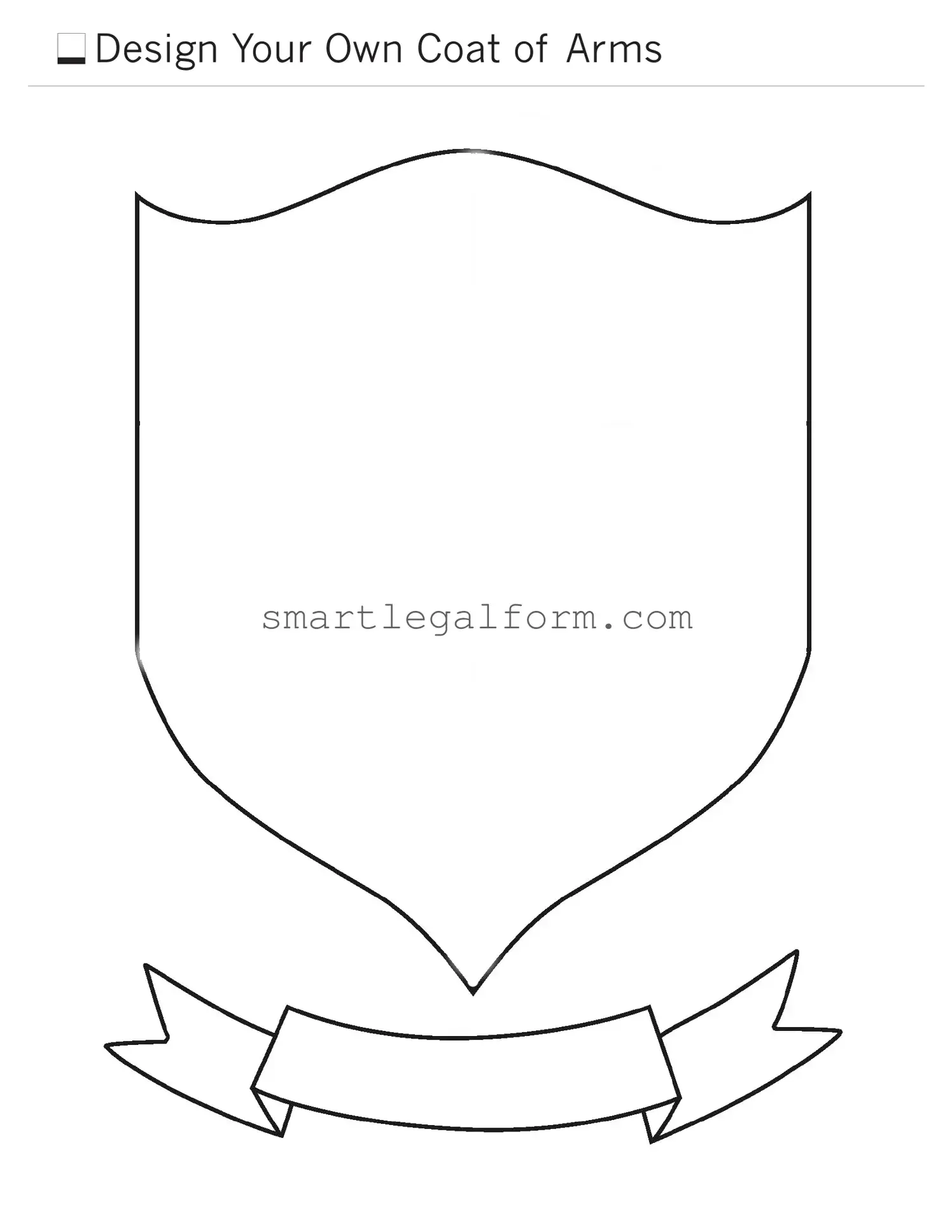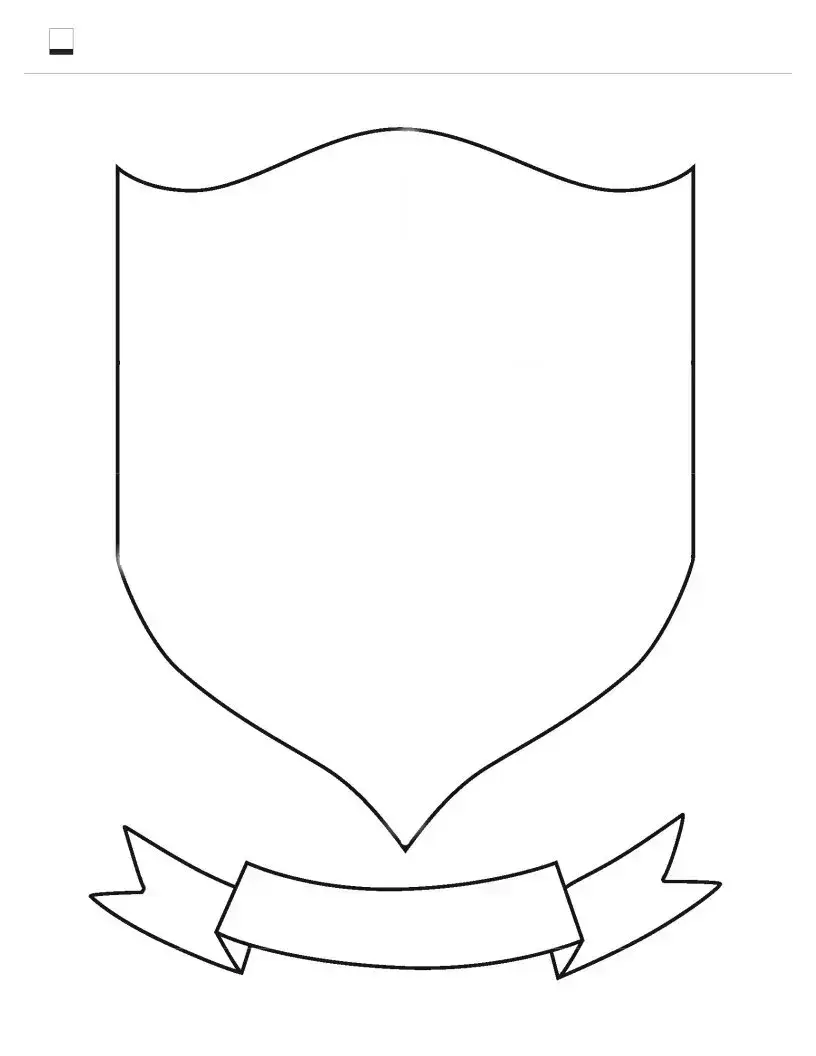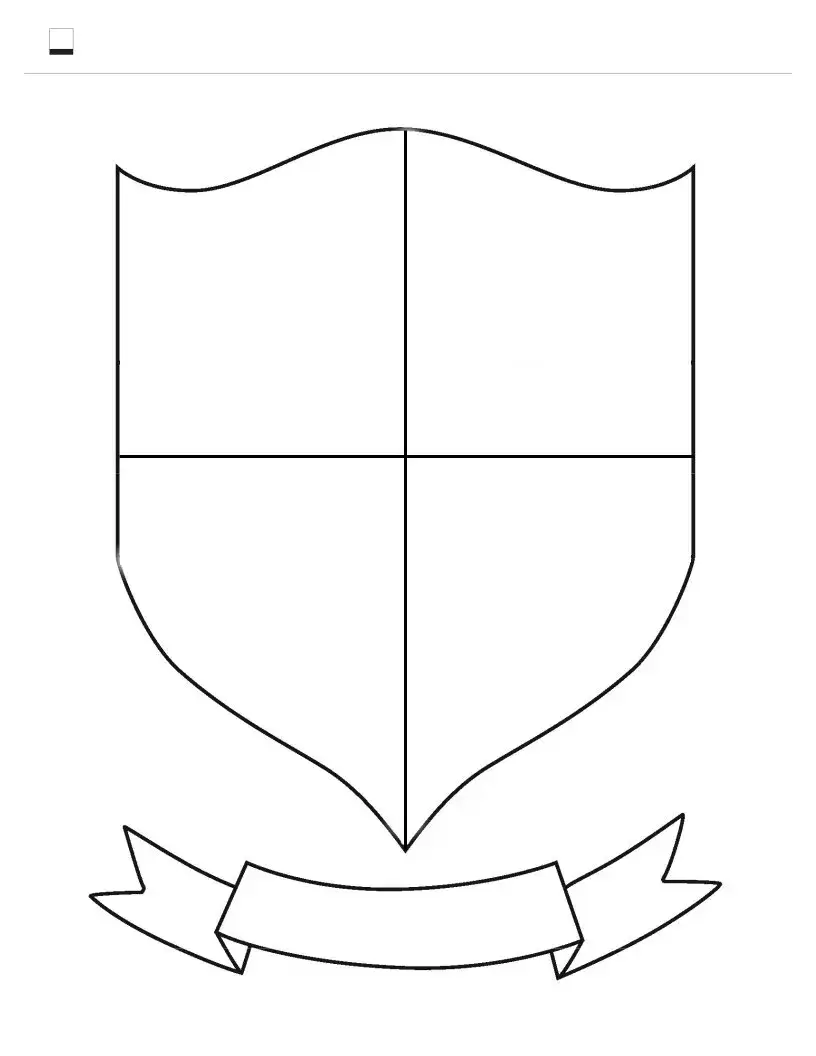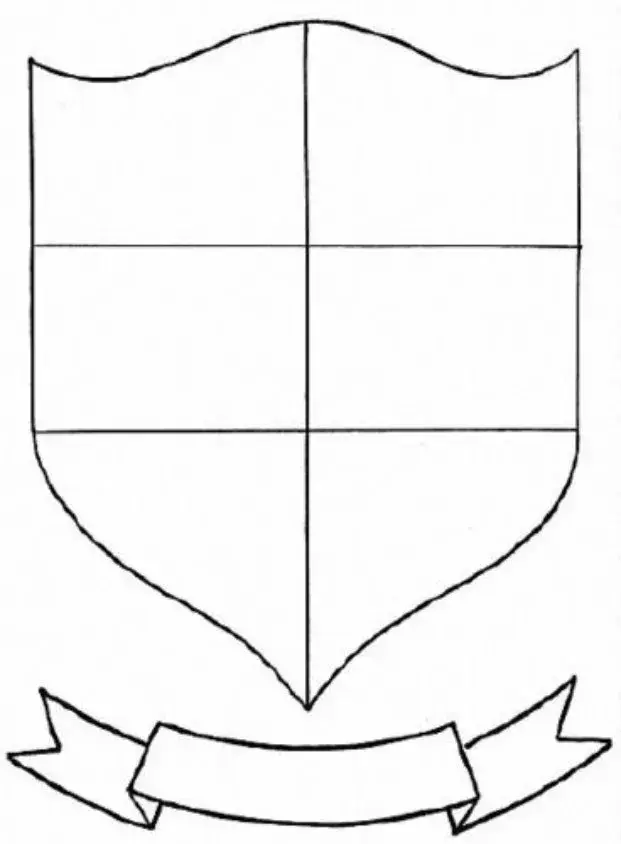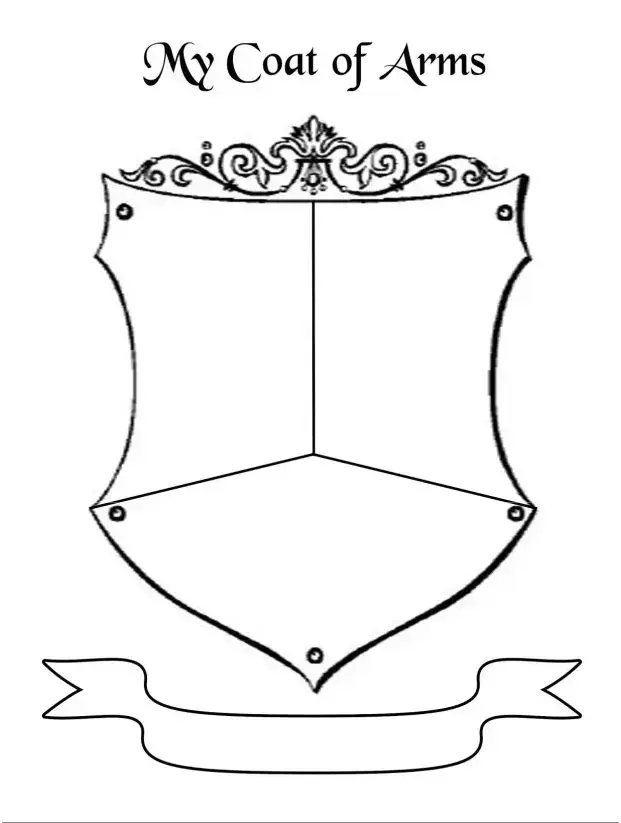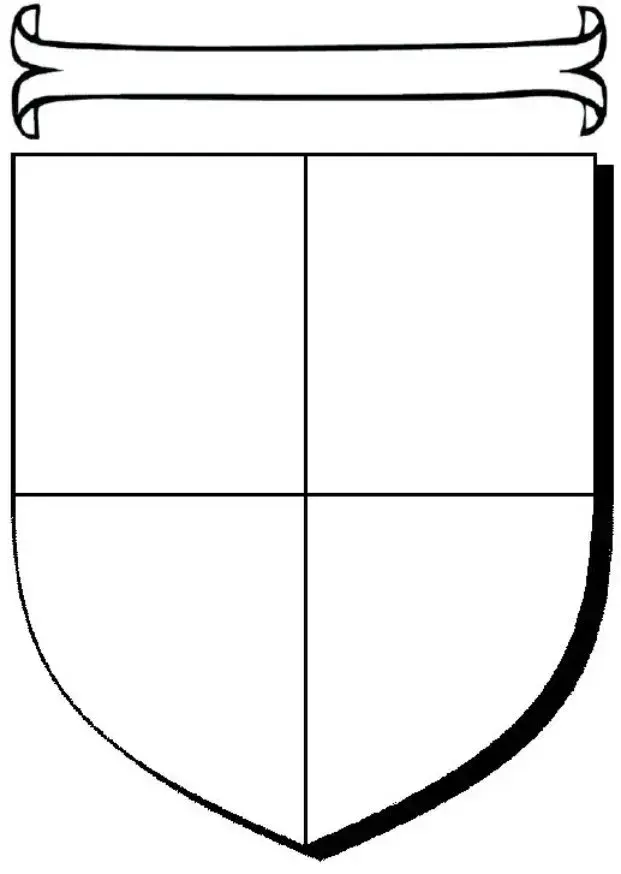When individuals fill out the Coat of Arms form, several common mistakes can lead to complications or delays in processing. One frequent error is not providing complete information. Omitting details such as names, addresses, or specific heraldic elements can result in rejection or requests for additional information.
Another mistake involves incorrect spelling. Typos in names or places can create confusion and may affect the authenticity of the application. Ensuring that all entries are carefully checked can help avoid this issue.
In some cases, applicants fail to follow the guidelines for heraldic design. The Coat of Arms form typically includes specifications regarding colors, symbols, and layout. Ignoring these guidelines can lead to a design that is not acceptable or recognizable.
Additionally, individuals often overlook the requirement for supporting documentation. Many forms require proof of lineage or other relevant documents to substantiate the claim to a Coat of Arms. Without these, the application may be deemed incomplete.
Not understanding the significance of the symbols used is another common oversight. Each element in a Coat of Arms carries meaning. Misinterpreting these symbols can lead to a design that does not accurately reflect the applicant's heritage or intentions.
Moreover, applicants sometimes submit the form without the necessary fees. Payment is typically required to process the application. Failing to include the correct amount can result in delays or outright denial of the request.
Some individuals also neglect to keep copies of their submissions. This can be problematic if there are questions or if the application is lost. Having a record of what was submitted can be invaluable for follow-up communications.
Another mistake involves not checking the submission deadlines. Each application may have specific time frames for submission. Missing these deadlines can result in having to start the process over again.
Lastly, some applicants do not seek assistance when needed. Filling out the Coat of Arms form can be complex. Consulting with experts or seeking guidance can help ensure that the application is filled out correctly and completely.
